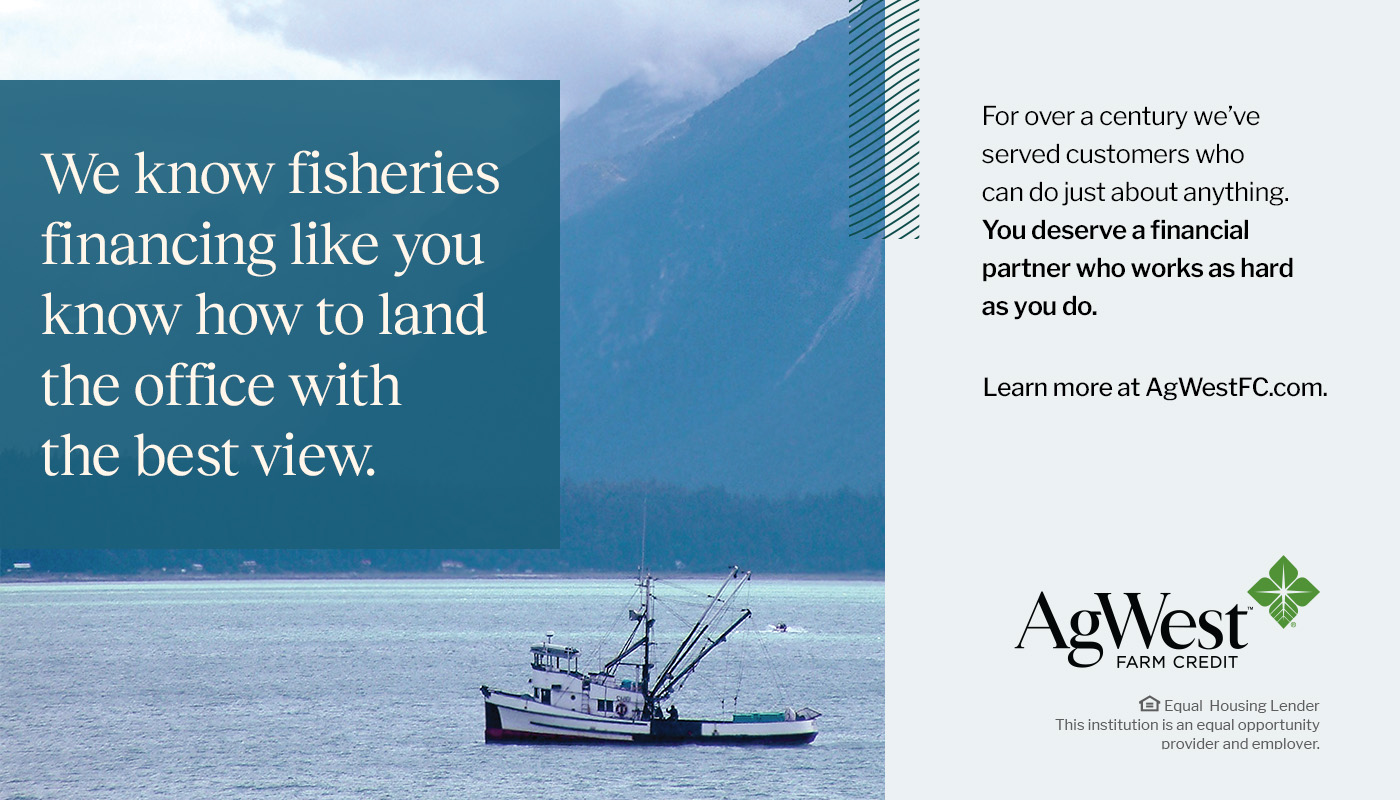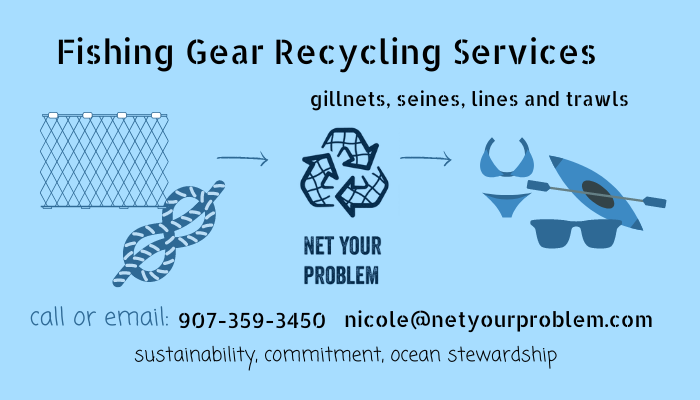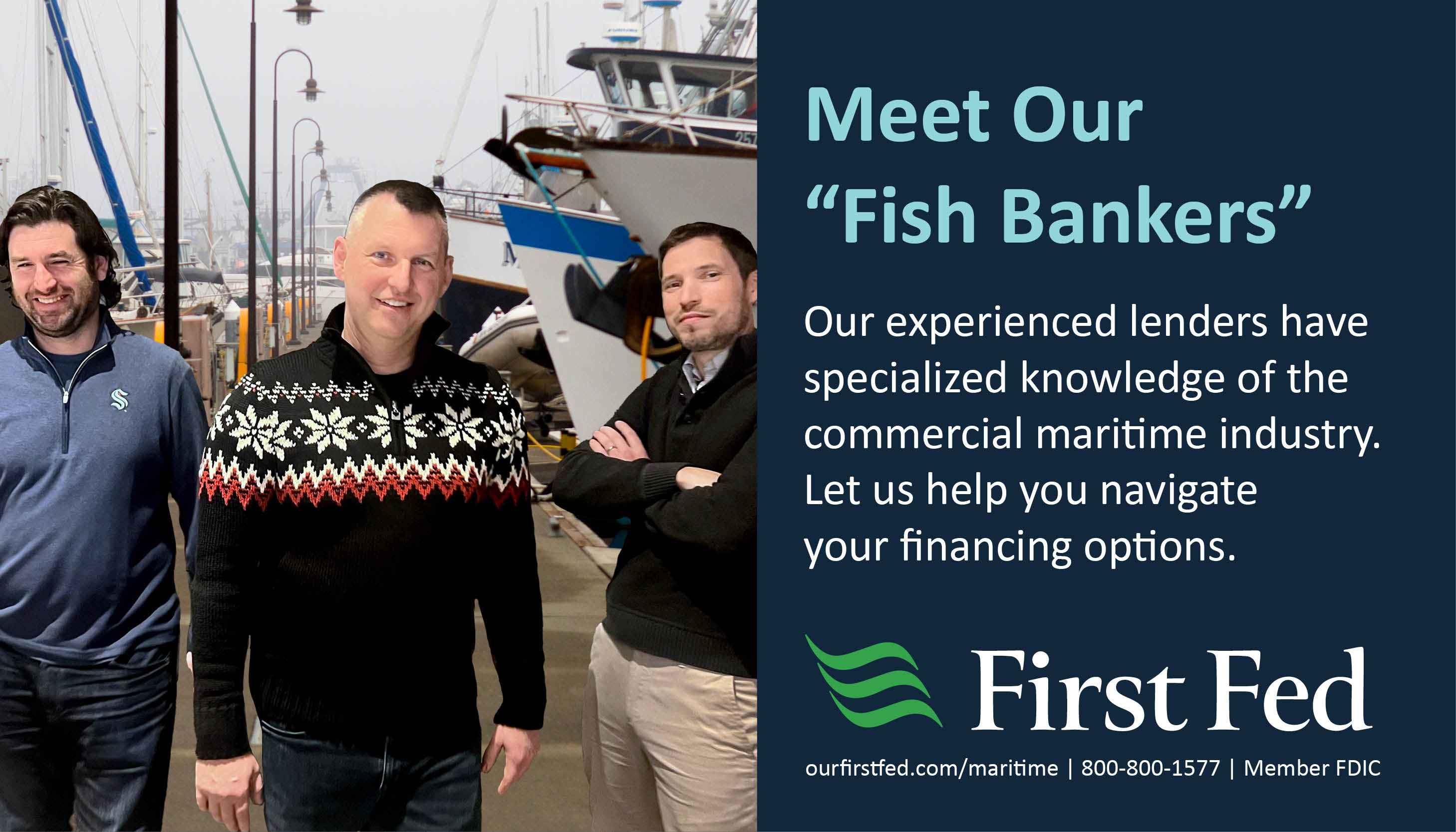Fish Factor by Laine Welch
May 14, 2021
Alaska’s lone seafood marketing arm gets zero budget from the state and to date, has received no pandemic funds.
The Alaska Seafood Marketing Institute is hoping to get a breather from the more than $1 billion coming to Alaska in the latest round of federal relief dollars under the American Rescue Plan (ARP).
The influx also provides $518 million of non-discretionary funds to Alaska and $220 million for public health and safety, workforce development, education, transportation, and emergency management.
ASMI put in a $20 million request two months ago, but Governor Dunleavy made no mention of it in mid-April when he released his proposals for the ARP money nor anything since.
Dunleavy did include $150 million for Alaska Tourism Revitalization citing the need for “industry relief to promote tourism and adapt services for potential loss of cruise ship season.”
“Recovering market losses from the pandemic will require additional investment,” said Jack Schultheis, ASMI board chair and manager of Kwik’Pac Fisheries in Emmonak. He cited wide-spread closures, shipping disruptions to markets and added costs for harvesters and processors in the communities where they operate.
ASMI revenues dropped 25% in the last year, due to an estimated $500 million in lost income to the statewide fleet. The group is solely funded by a .5% voluntary industry tax based on dock prices and competitive grant funding.
“ASMI’s revenue is expected to decline by $5 million over two years,” said executive director Jeremy Woodrow at a House Fisheries Committee presentation last week.
Along with Covid impacts, Alaska’s seafood industry faces a double-whammy from hurtful trade barriers. Seafood is Alaska’s largest export by far with nearly 75% exported each year to nearly 100 countries.
The newest trade snafu is a 25%-35% tariff imposed last November on U.S. salmon going to the 27 countries that comprise the European Union. The dispute stems from U.S. subsidies being paid to Boeing and competing European aircraft.
China, Alaska’s largest trading partner, has levied 37%-42% tariffs on Alaska seafood since 2018.
Russia, Alaska’s largest competitor, slammed its doors on U.S. seafood purchases in 2014, but Russian exports to the U.S. are up 173%.
ASMI’s profile and the off-kilter seafood trade deals could get a nudge from two resolutions filed last week by Alaska senators. Senate Joint Resolution 16 calls on President Biden to immediately seek and secure an end to the Russian embargo on U.S. seafood imports.
Senate Joint Resolution 17 asks the U.S. Trade Representative to bring a renewed focus on the plight of producers of seafood in Alaska and the U.S., and to compel China to comply with its commitment to increase its imports of U.S. seafood products.
Dollars for direct sellers - The Local Catch Network, a nationwide group of small-scale harvesters, will act as guides through another round of relief funds.
The Farmers Market Promotion and Local Food Promotion programs include $77 million in competitive grants for seafood businesses, tribes and groups involved in local, regional and direct seafood marketing.
National Fisherman reports it stems from $92.2 million in funding through the 2018 Farm Bill Local Agriculture Market Program as part of USDA’s Pandemic Assistance for Producers Initiative.
Local and direct seafood sales have been a bright spot during the pandemic and direct to consumer, e-commerce sales increased by 122% over the past year, according to ASMI data.
For the next six weeks, the Local Catch Network will host outreach events and provide technical help to fishermen and community organizations interested in applying for funding.
Copper River fish frenzy - Phones were “ringing off the hook” at Pike’s Place Fish Market in Seattle where pre-orders of fresh sockeye salmon fillets were retailing at $49.99 a pound, and $79.99 a pound for Copper River kings. The fish was expected on May 18, one day after the salmon season’s first opener.
The Cordova Times reported that Sena Sea Seafoods in Washington, the sales arm of Cordova-based 60 º North Seafoods, had pre-orders for fresh king fillets at $139 per pound and $122 for sockeyes. Four, eight ounce portions of frozen kings were going for $189 and frozen sockeye pre-orders were $95 for four, six ounce portions.
Copper Rivers Seafoods was taking orders for sockeye fillets at $49.95 a pound and king salmon at $69.95. Anchorage-based seafood marketer FishEx was promoting sockeye orders at $44.95 a pound and $78.95 for kings.
State managers forecast low total Copper River catches this year at 652,000 sockeyes, 13,000 king salmon and 218,000 coho. Overall, Alaska’s 2021 statewide salmon harvest is projected to top 190 million fish, a 61% increase over the 2020 catch.
Fish builders - Turning plastics from old fishing gear and marine debris into durable lumber is building momentum from coast to coast and one Alaska entrepreneur plans to take it on the road.
Patrick Simpson of Cordova received a $100,000 grant from the Environmental Protection Agency to develop a mobile plastic waste recycler. He told Alaska Public Media that the recycler would fit into one or two 40-foot container vans for easy transport to local communities.
“The technology is not terribly difficult,” he said. “The innovation is in the use of the net combined with the melted plastic to create an extruded recycled plastic lumber, and the packaging into this mobile platform.”
Along with old fishing gear, Simpson plans to pick up plastic materials that wash up on local coastlines. He hopes to gather the goods collected in community beach cleanups before it goes to landfills. Plastics come in many forms, he said, and the kinds used in milk jugs or bottles are different from those used in nets or ropes.
“I'm able to take the polyethylene and polypropylene and I'm melting those, and then I'm shredding net nylon and using it as a reinforcement, the fibers, to create a recycled plastic lumber. Then I'm going to sell that locally,” he said.
Simpson said the lumber could be best used for decks, fences or roofing tiles.
He is hoping to get a more sizeable grant that would enable him to use drones to locate plastic debris on coastlines.
Elsewhere, Radio Canada reports that Goodwood Plastic Products in Nova Scotia has commercialized synthetic lumber made out of derelict fishing gear and other plastics, using a nearly half-million dollar grant from the government. It’s part of a more than $8 million Innovative Solutions fund that includes fishermen and divers eager to help.
The recyclables are shredded, melted, and pushed through molds to create planks and posts for decks, park benches and picnic tables.
Goodwood now employs 10 people and hopes to recycle more than 22 million pounds of plastics annually.






